7 Types of Light Waves (With Light Spectrum)
Last Updated on

We are showered with light waves every day of our lives, and the photoreceptors on the back of our eyes allow us to see the world in all the colors of the rainbow. But most light waves are invisible to human eyes. While some light waves along the electromagnetic spectrum are harmless and even beneficial, they can also be extremely dangerous.
Light waves are categorized into types, depending on their wavelengths and the distance between the waves. From radio waves to gamma rays, we have put together a list of all 7 types of light waves.

The 7 Types of Light Waves
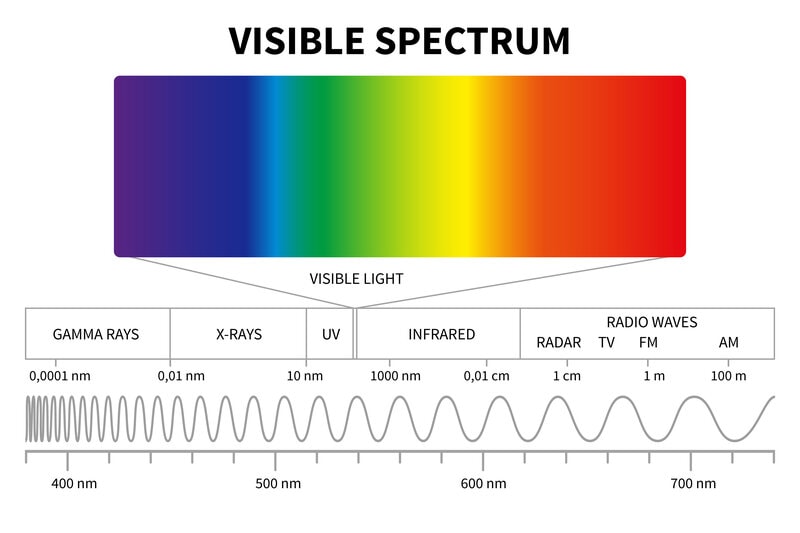
1. Radio
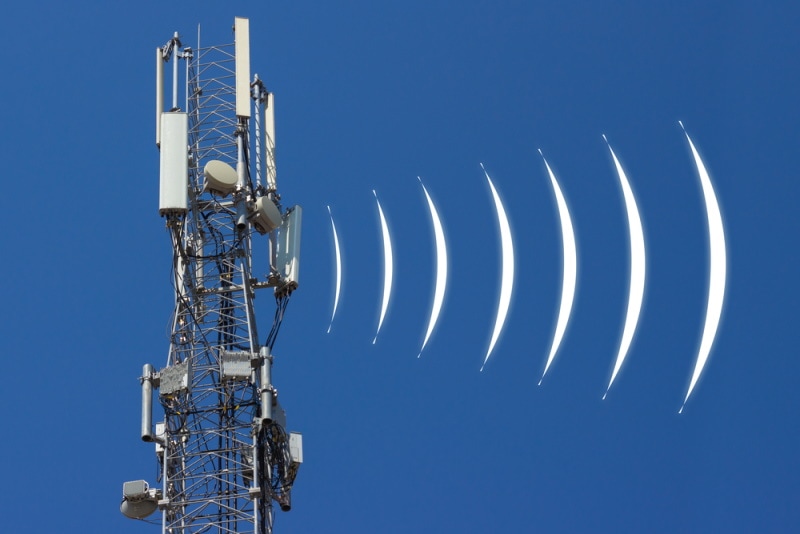
| Frequency | 300 gigahertz and lower |
| Uses | Radars, broadcasting, satellites, wireless networks, navigation and more |
| Wavelength Size | Planet to building-sized |
Radio waves have the longest wavelengths in the electromagnetic spectrum. Radio wavelengths can be as long as a soccer pitch, or as long as the diameter of our planet!
Radio waves have allowed us to communicate via radio, satellites, cell phones, television, and more, for several decades. Yet, despite their significance, radio waves are invisible to human eyes.
On the electromagnetic spectrum, radio waves appear on the far left (if the chart is increasing by frequency), or on the far right (if the chart is increasing by wavelength). These low-frequency wavelengths are low energy. At very low frequencies, radio waves can be used to penetrate through rock and soil to see under the ground. In the air, radio waves can bounce off clouds and other objects.
2. Microwaves
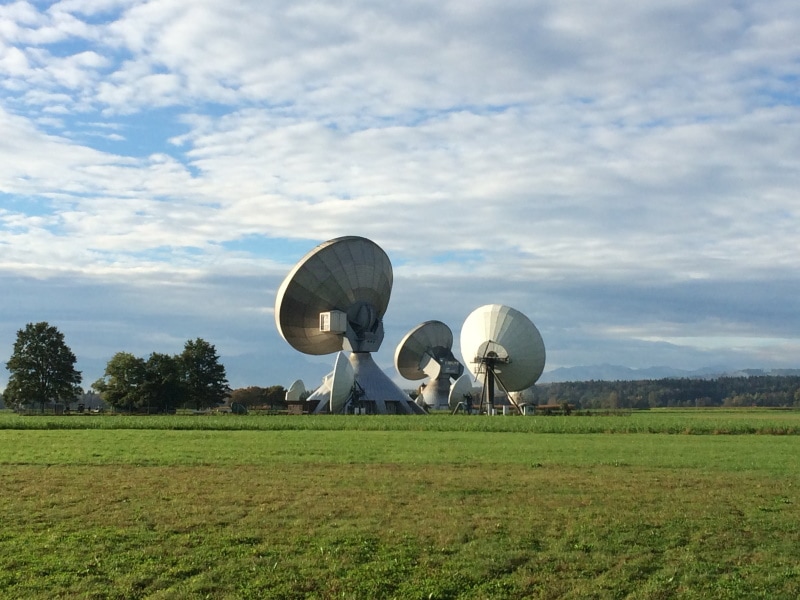
| Frequency | Between 300 megahertz and 300 gigahertz |
| Uses | Weather radar, microwave cooking, broadcasting, wireless communication |
| Wavelength Size | Person to insect-sized |
Though technically microwaves are a band or portion of the higher frequency side of the radio spectrum, they’re used in different technologies than radio waves.
Microwaves have much shorter wavelengths than radio waves, and they can be used to penetrate through rain, snow, clouds, smoke, and more. In wireless communications, they are used for Bluetooth, direct broadcast satellites, and even vehicle collision avoidance systems.
Aside from communication, microwaves are used widely in other areas of our lives. For example, microwaves are used to fight and treat cancer through microwave ablation, a process that targets and kills cancerous cells by heating them with high-frequency microwave energy.
3. Infrared
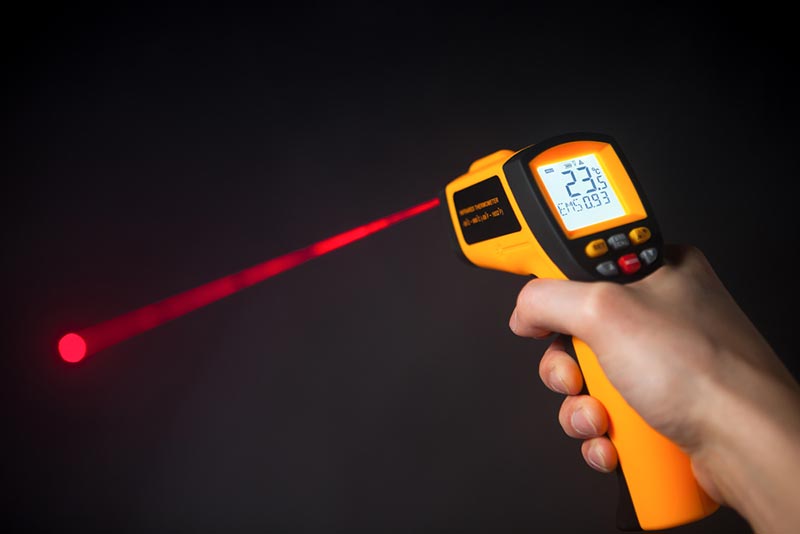
| Frequency | Between 300 gigahertz and 430 terahertz |
| Uses | Thermal imagine, communication, spectroscopy, astronomy |
| Wavelength Size | Pinpoint |
You’ve probably seen infrared light used in night vision cameras. These cameras typically use near-infrared, “near” meaning the frequency is close to the visible spectrum, which is visible to our eyes. Some cameras use thermal imaging, which is infrared at longer wavelengths. In this light, objects which are warmer appear red, or even white, while objects that are cool appear blue or black.
Infrared light waves are widely used in our everyday lives. For example, most remote controls use pulsing infrared light to transmit binary codes to their corresponding devices.
4. Visible Light
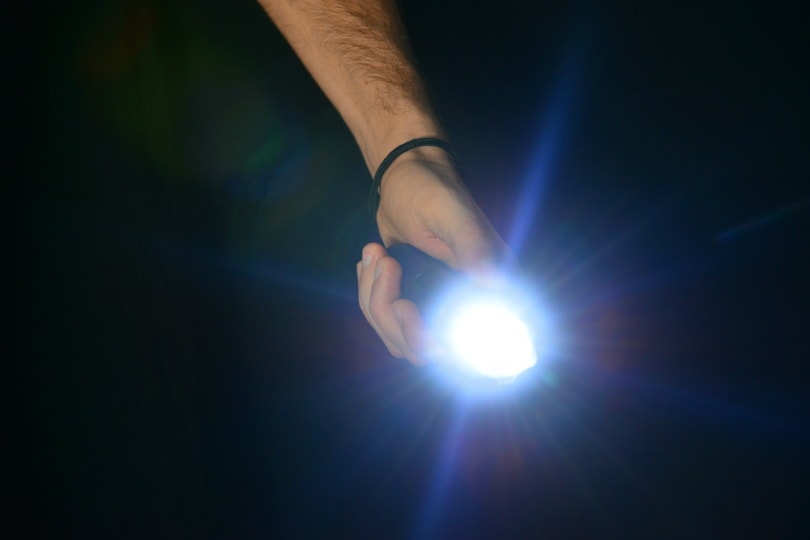
| Frequency | Between 400 terahertz and 790 terahertz |
| Uses | Vision, digital screens, lamps, LEDs, traffic lights, skin therapy, phototherapy |
| Wavelength Size | Bacteria |
Visible light refers to the band of the electromagnetic spectrum that’s visible to our eyes. The light waves in the visible spectrum can be broken down into 6 colors.
The Visible Light Spectrum
| Color | Wavelength | Frequency |
| Red | 610–760 nanometers | 400–484 terahertz |
| Orange | 590–610 nanometers | 484–508 terahertz |
| Yellow | 570–590 nanometers | 508–526 terahertz |
| Green | 500–570 nanometers | 526–606 terahertz |
| Blue | 450–500 nanometers | 606–668 terahertz |
| Violet | 400–450 nanometers | 668–789 terahertz |
At 700 nanometers, red light has the longest wavelengths of all of the visible spectrum, while the wavelengths in violet measure around 400 nanometers.
The light waves in the visible spectrum make up all the beautiful colors that we see around us every day. Aside from using visible light to see, we’ve found many ways to make use of the different colors of light in the visible spectrum. For example, blue light is used for digital screens, while blue, blue-green, and green lights are used to treat jaundice through phototherapy.
5. Ultraviolet

| Frequency | 30 petahertz |
| Uses | Tanning lamps, black lights, disinfection, light therapy, bug zappers |
| Wavelength Size | Molecules |
You may have heard about the harmful effects of ultraviolet from the sun. In fact, we wear sunscreen to protect our skin, and sunglasses to protect our eyes from burning, because of the dangers of this invisible light wave.
But did you know that ultraviolet is also responsible for promoting vitamin D production in most living things? Most people don’t need much sunlight, but just a few minutes of sunshine a day can make a huge difference in promoting our overall health and wellbeing.
Ultraviolet light is also used in hospitals for disinfecting equipment, and also in light therapy to treat some skin conditions.
6. X-Ray
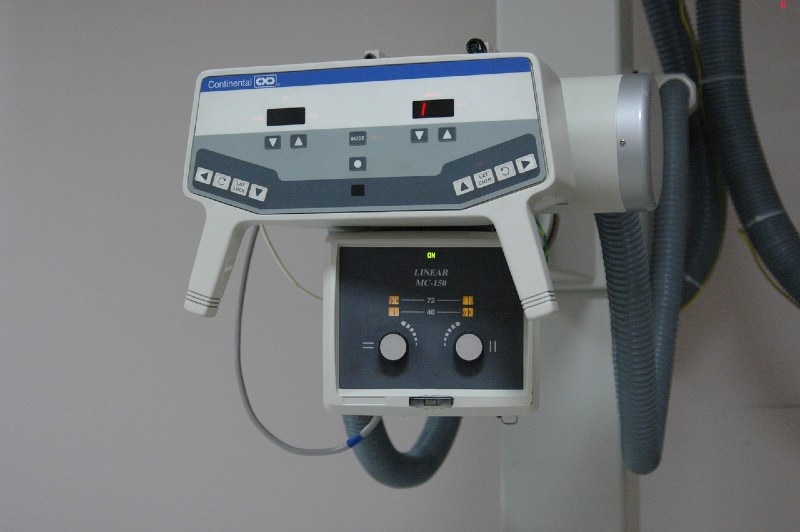
| Frequency | 30 petahertz to 30 exahertz |
| Uses | Radiographs, tomography, radiotherapy, astronomy, airport security |
| Wavelength Size | Atoms |
Most of us probably first came across the word “x-ray” when we learned our alphabet. But x-rays are used for more than just radiography. X-ray light waves are used in radiotherapy, astronomy, and security.
Because x-ray wavelengths are short and high frequency, they are highly penetrating. This makes x-rays incredibly effective for seeing places we might otherwise not be able to see, but it also makes them harmful over prolonged periods. In fact, X-rays are a known human carcinogen, because their use can cause mutations in our DNA, which can lead to cancer. Healthcare professionals usually weigh the pros and cons, and in most cases, the benefits of x-rays far outweigh the risks.
7. Gamma Ray

| Frequency | Above 30 exahertz |
| Uses | Gamma-knife surgery, nuclear medicine, gamma-ray imaging, space telescopes |
| Wavelength Size | Atomic Nuclei |
Gamma rays have the shortest wavelengths, as well as the highest frequency in the electromagnetic spectrum. They have the most energy out of all the light waves, and are usually produced by extremely hot and violent objects and events in our universe. For example, supernova explosions, nuclear explosions, and lightning all create gamma rays. But gamma ray creation doesn’t always have to be so dramatic. Radioactive decay creates gamma rays silently.
Because gamma rays are so tiny, they can pass through almost anything. But that doesn’t mean gamma rays can’t be used for good. In medicine, gamma rays are used in radiotherapy to kill cancer cells that are too deep for x-rays to reach.

Conclusion
Most types of light waves are invisible to the naked eyes, yet their applications are almost endless. From listening to radios to communicating, and even changing the channel on your television, different types of light waves are used by us daily. Next time you fire off a text message, remember that you’re sending microwaves into the air!
Featured Image Credit: WrongTog, Unsplash
About the Author Cheryl Regan
Cheryl is a freelance content and copywriter from the United Kingdom. Her interests include hiking and amateur astronomy but focuses her writing on gardening and photography. If she isn't writing she can be found curled up with a coffee and her pet cat.
Related Articles:
How to Clean a Refractor Telescope: Step-by-Step Guide
How to Clean a Telescope Eyepiece: Step-by-Step Guide
How to Clean a Rifle Scope: 8 Expert Tips
Monocular vs Telescope: Differences Explained (With Pictures)
What Is a Monocular Used For? 8 Common Functions
How to Clean a Telescope Mirror: 8 Expert Tips
Brightfield vs Phase Contrast Microscopy: The Differences Explained
SkyCamHD Drone Review: Pros, Cons, FAQ, & Verdict
